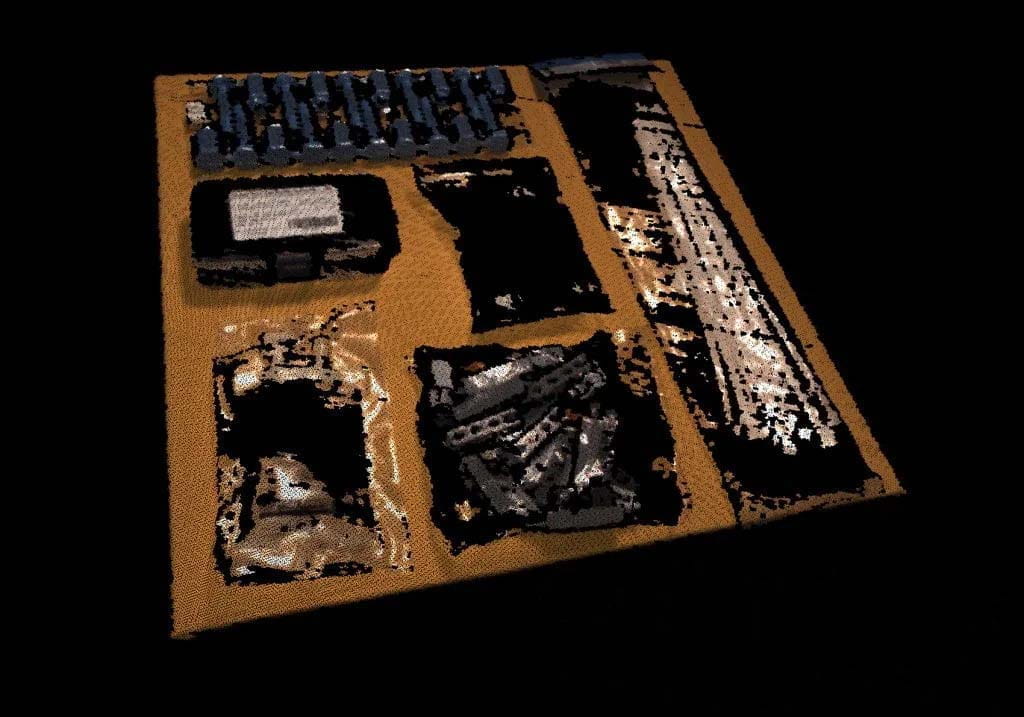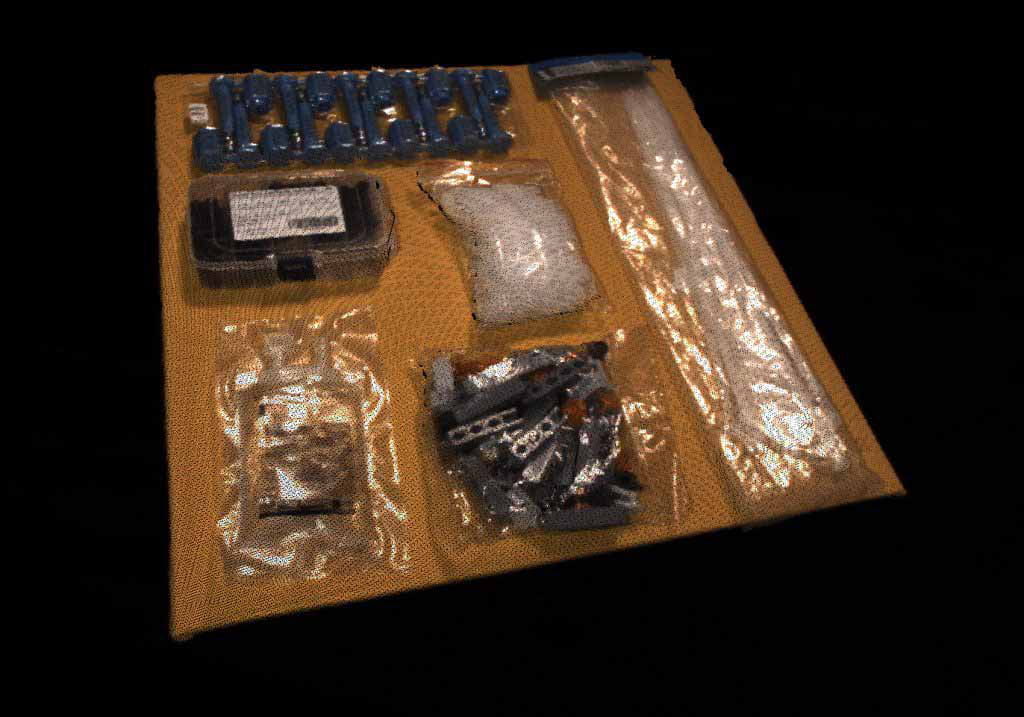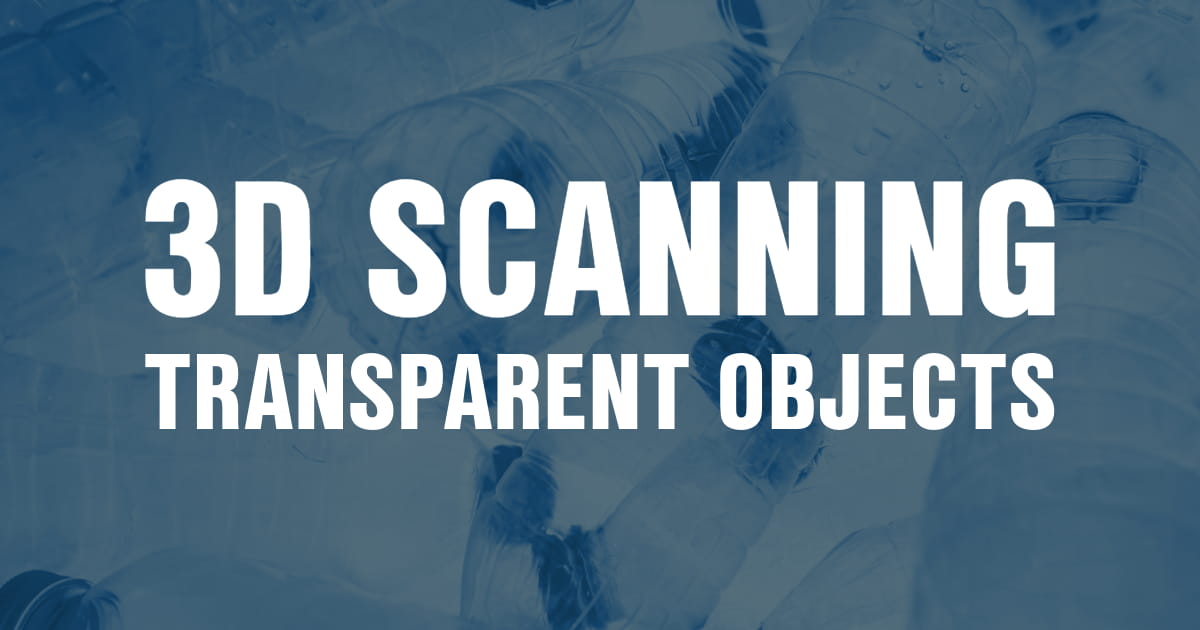
Scanning transparent objects without having to use sprays or coatings has been a major challenge for the 3D industry. This has been an area of focus for Photoneo, who have taken up the challenge to solve the problem!
Our manufacturer Photoneo, specialising in 3D vision systems, has a long history of leading the way in technology and tackling the core challenges of 3D. Photoneo have introduced innovative solutions for scanning objects in motion, at long distances, and also in tough lighting conditions, for example outdoors.
Now, they have taken a big step by overcoming another challenge - to perform 3D scanning of transparent, translucent and highly reflective objects.
Blog
The problem with 3D scanning transparent objects is due to the special optical properties of these materials. In the case of transparent objects, the light goes straight through the surface and shiny materials scatter and reflect the light in different directions. This makes creating 3D point clouds a complicated process.
Adjusting the position of the scanner, relative to the object to be scanned, or even using special powders or coatings to make the material opaque and reduce reflections, is impractical and does not always work in practice.
To meet this challenge, Photoneo has improved its 3D camera, MotionCam-3D, and expanded its ability to scan transparent objects. This has made it possible to see what was previously invisible - transparent objects.
Not only does the MotionCam-3D have the technology to make high-quality scans of static and dynamic scenes, it is also an incredibly versatile and programmable device that can expand its capabilities over time through firmware updates.
In the same way that Photoneo progressively improved the Ambient Light Suppression technology in their PhoXi 3D scanners, enabling scanning under direct sunlight, they have now improved their MotionCam-3D by introducing a new scanning mode especially adapted for extremely challenging materials. The new scanning method significantly improves the reading of signals from transparent, translucent, and shiny objects.
Using Photoneo's unique Computational Image Sensor (COMPIS) and Parallel Structured Light technology, MotionCam-3D can now use the new scanning method in real time.
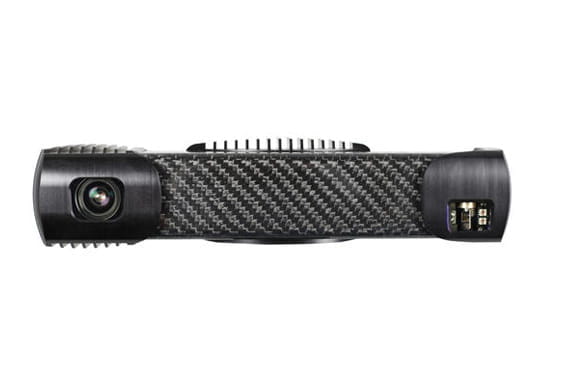
You are probably curious about the final results of Photoneo's improved technology, and how you can use it in practice. Let's look at some examples where transparent objects have been scanned with MotionCam-3D in different industries.
The use of 3D scanning for transparent and shiny objects plays a crucial role in the logistic, retail and grocery industry. Automation is increasing greatly as these industries face the challenge of efficiently handling large volumes of different products.
In logistics and retail, you may need to pick layer by layer instead of one by one. Photoneo has recently launched an innovative AI software to facilitate the picking of warehouses.
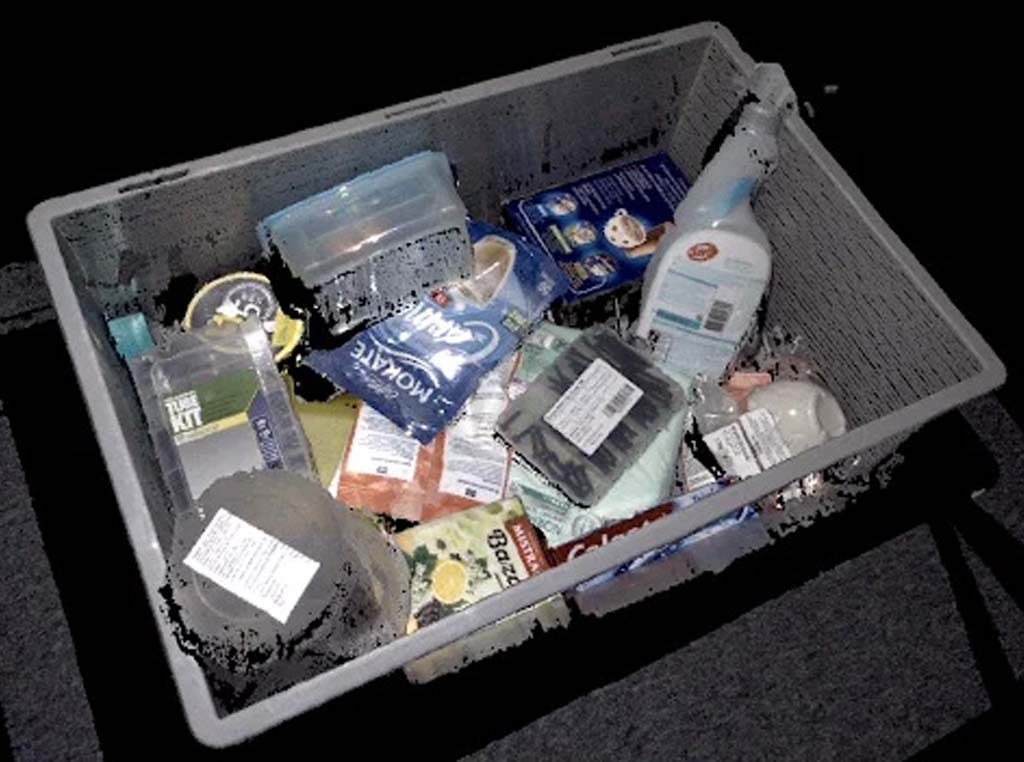
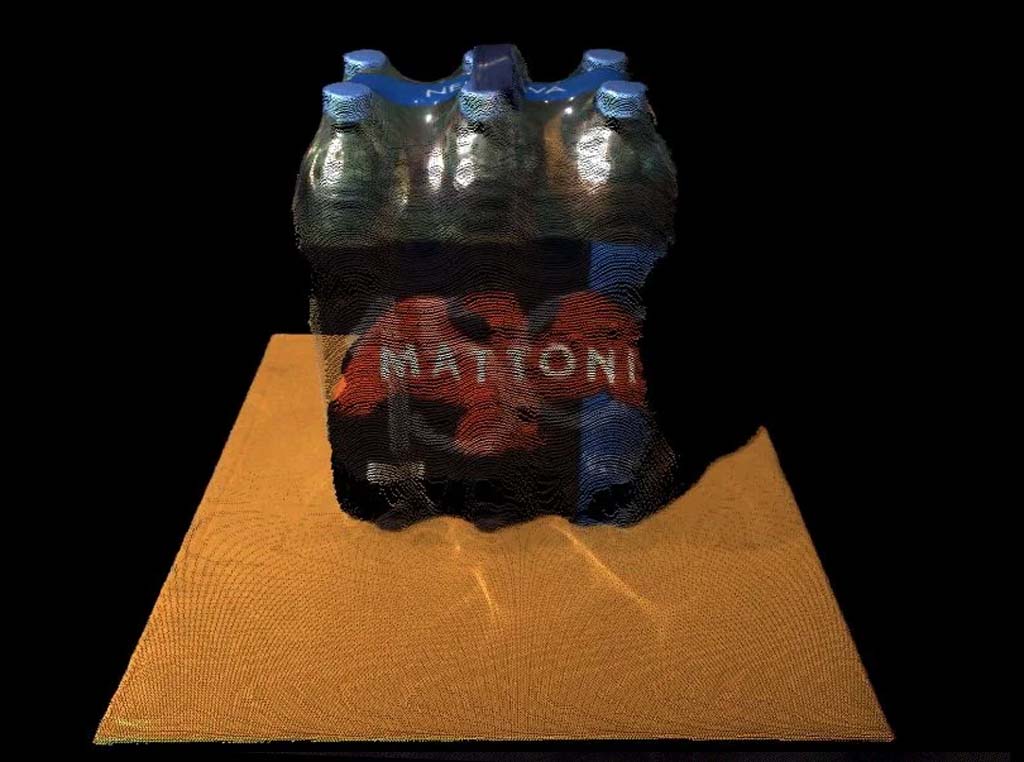
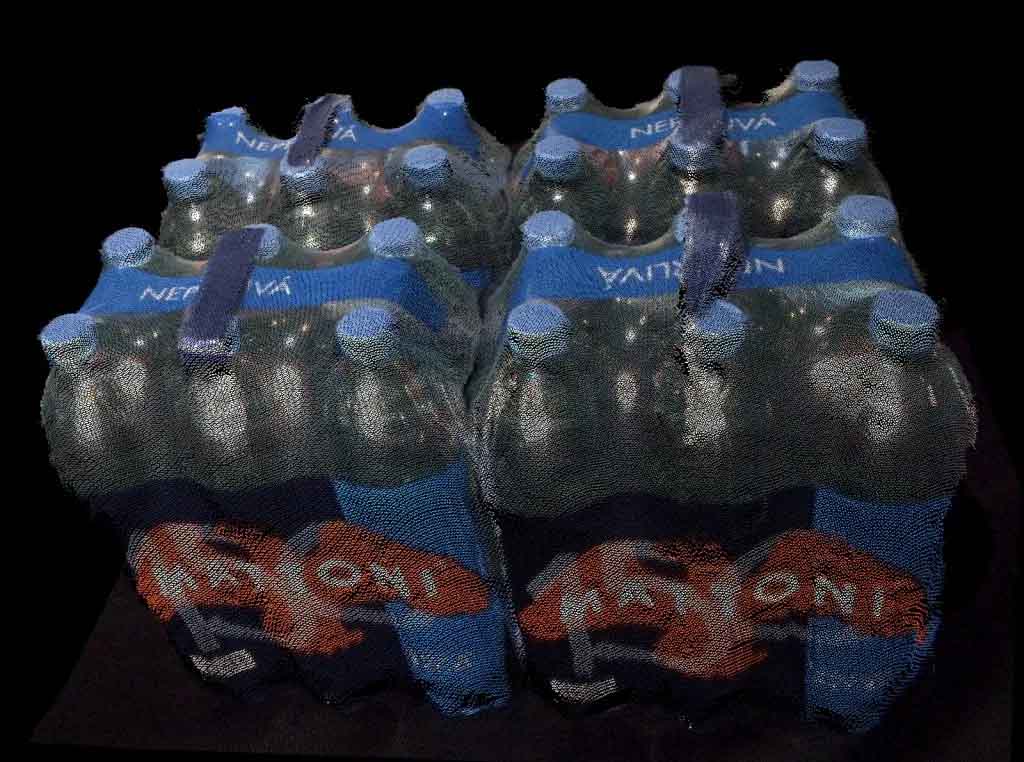
In the automotive and manufacturing industry, it is common for vision-controlled robots to handle material consisting of metal objects and metal sheets. These materials are often known for their glossy, shiny and mirror-like surface, which leads to strong reflections and distortions in the 3D data.
By extending the camera's scanning capabilities, Photoneo offers a significant advantage - the ability to reduce interreflection artifacts and recreate areas of low signal strength. This makes scanning super-glossy objects possible with even greater detail. Opening up the possibility of solving even more applications within the automotive and manufacturing industry.
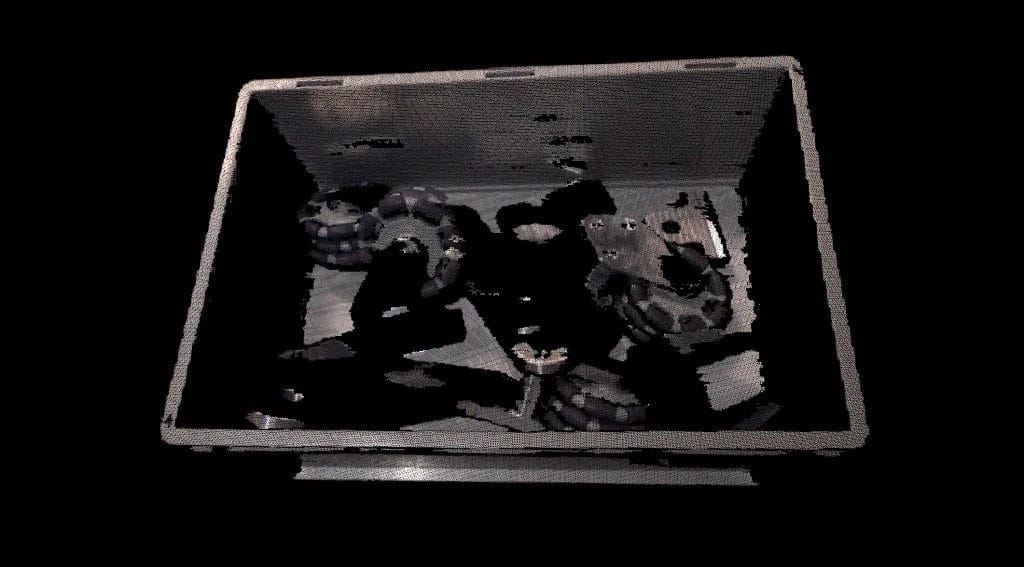
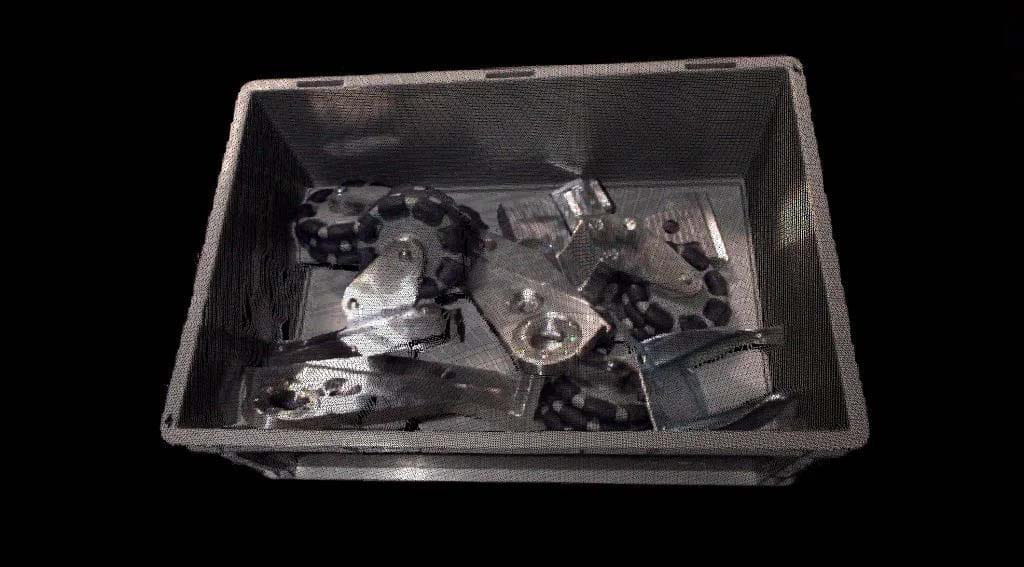
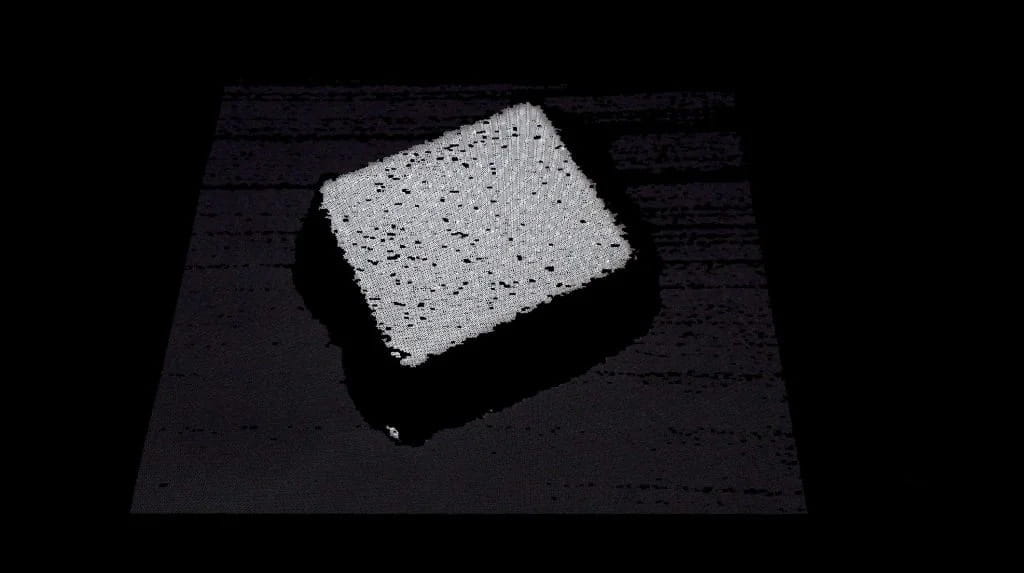
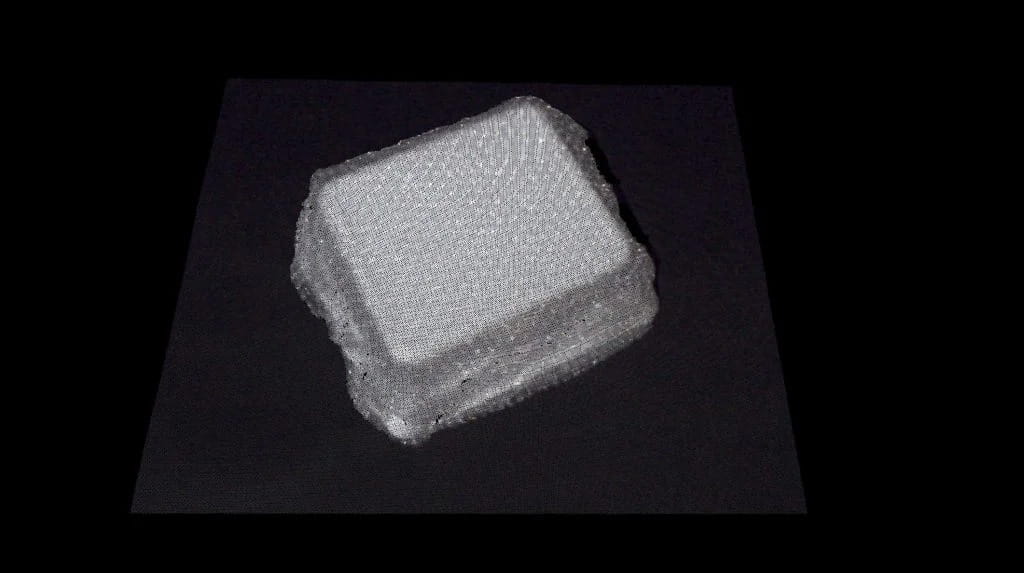
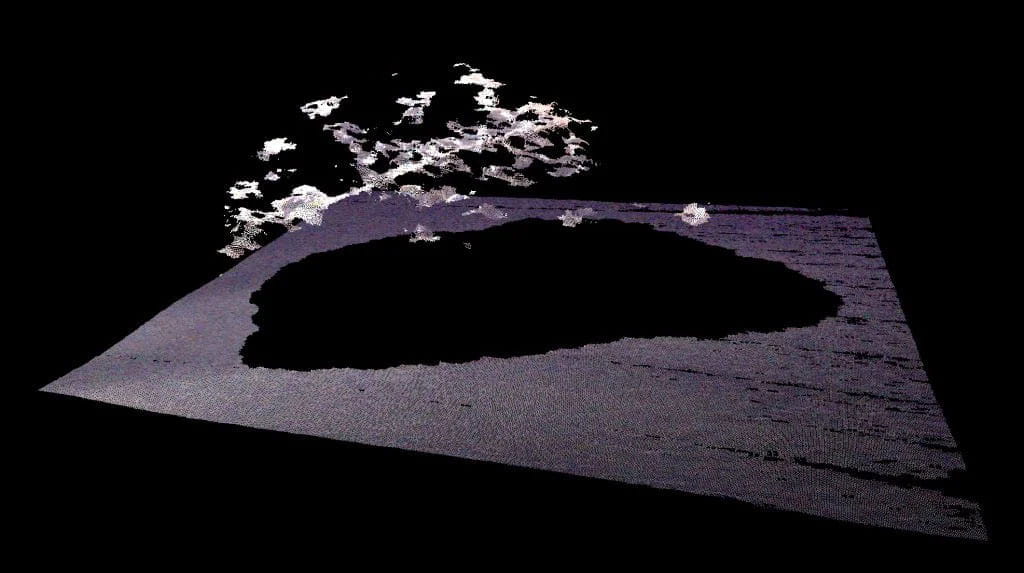
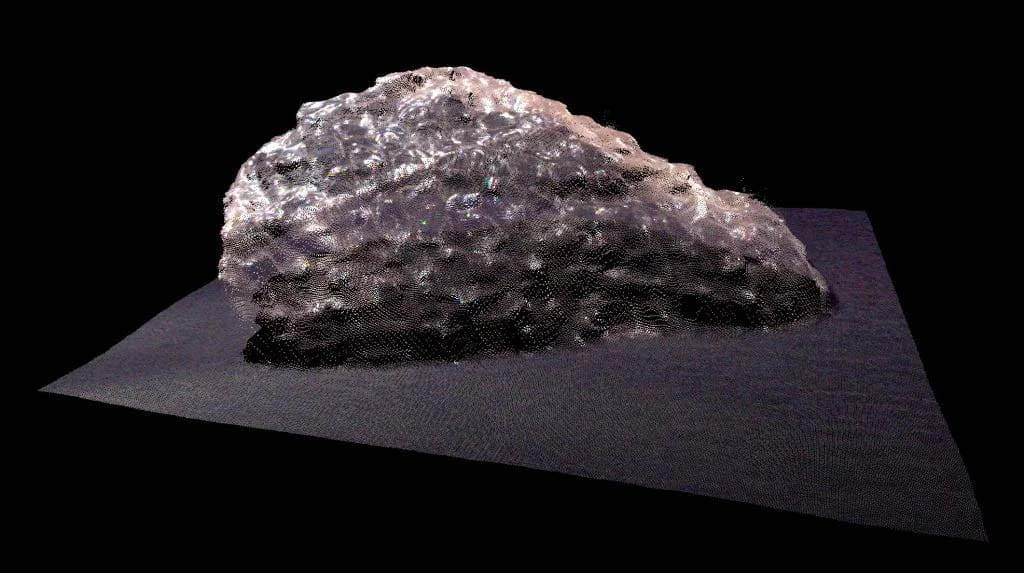
The use of 3D scanning for transparent materials is of particular importance in the pharmaceutical industry, where many products are packaged in transparent plastic to guarantee sterility. Common examples include transparent blister packs, syringes, ampoules and vials.
